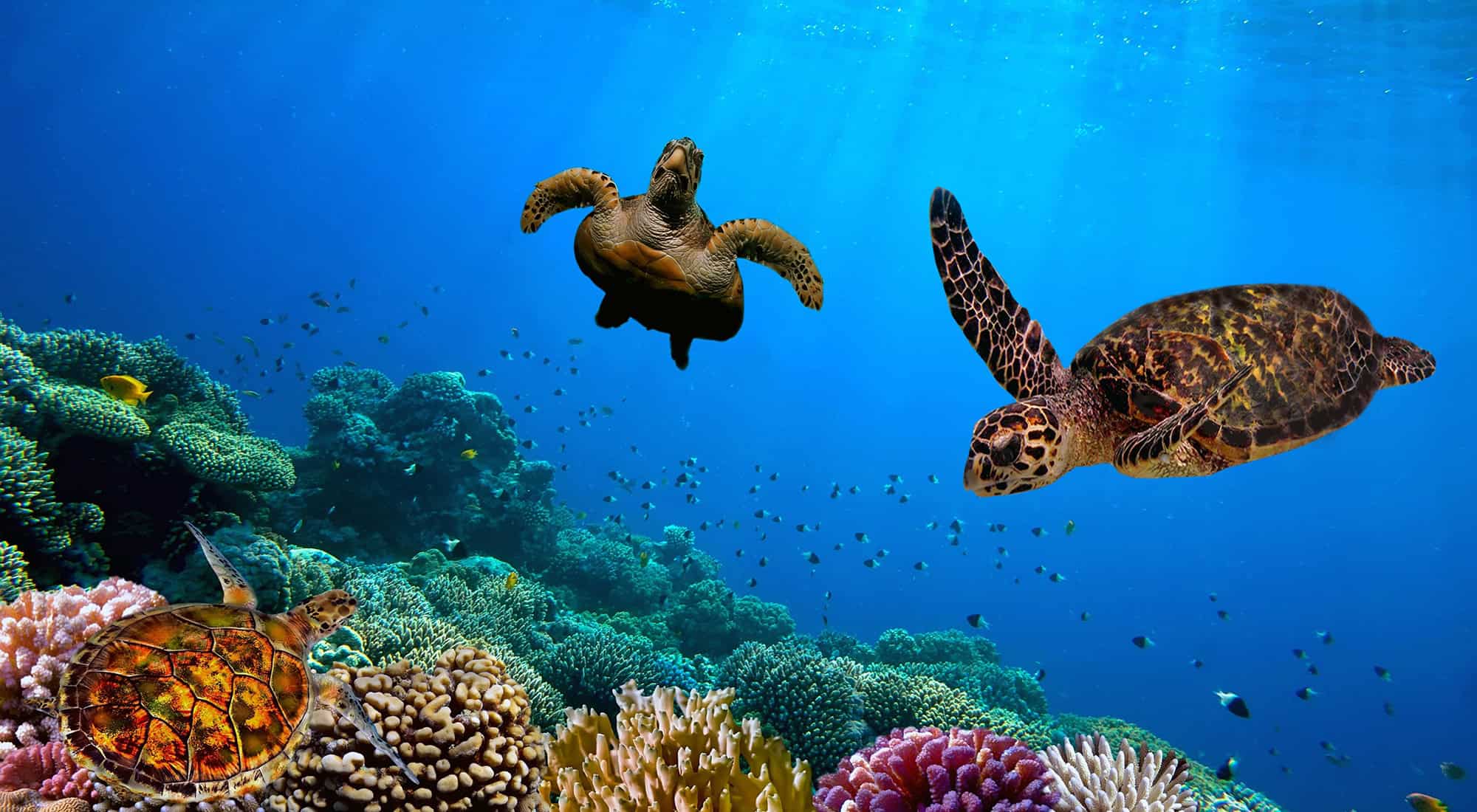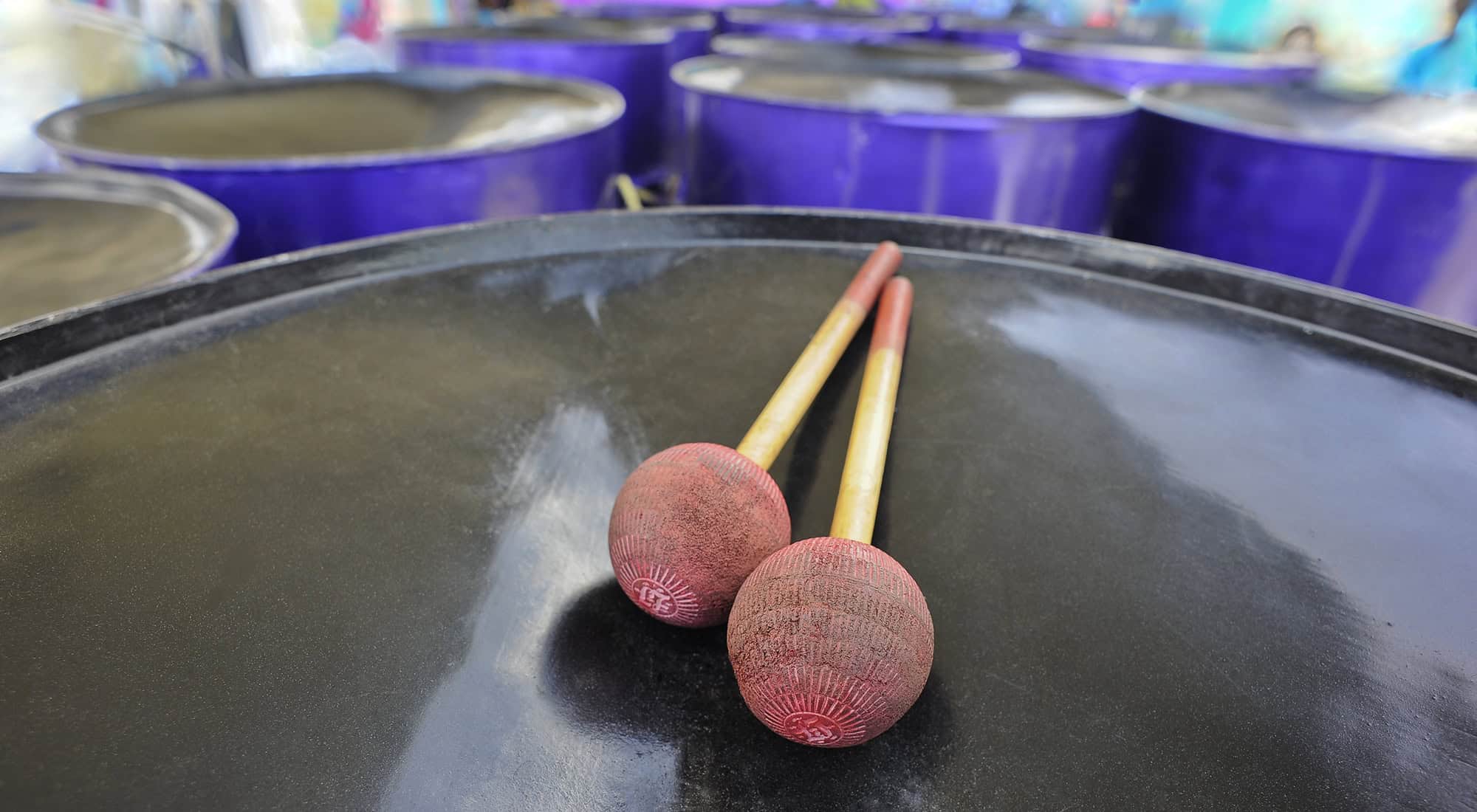Barbados attracts a large number of hawksbill turtles, and smaller numbers of leatherback and green turtles. Adult females return to the beaches that they themselves hatched on in order to make their own nests and lay their eggs.
The hawksbill and green nest between May and October, mainly on the west and south coasts of the island, whilst the leatherback, the largest of all turtle species, nests between February and July on the windswept beaches of the east and southeast coasts. Hawksbills can often be spotted playing and feeding along the inshore reefs, at snorkelling spots on the south and west coasts, and during the nesting season visitors to these coasts have a good chance of seeing at least one nesting hawksbill during a two-week stay.
A very popular activity, particularly with children, is to go on a boat trip and swim with them as they feed amongst the coral. A long history of hunting these animals for their meat, eggs and shells, has massively reduced Caribbean populations. However, turtle hunting and the possession of turtle products is illegal on Barbados and the Barbados Sea Turtle Project has carefully monitored turtle activity for more than 25 years. During season, staff patrol high-density nesting beaches at night; when necessary they relocate nests that are too close to the high tide line, and rescue hatchlings disoriented by hotel lights or turtles that have been accidentally hooked or partially drowned in fishing nets. The project provides a 24-hour year-round Sea Turtle Hotline, which the public and visitors can use to call in information on nesting turtles, hatching of eggs, exposed eggs in the sand, or lost or injured turtles. Additionally, you can call the hotline if you are interested in witnessing the release of hatchlings, or watching the teams tagging the females, or if you want to make a donation (the project relies heavily on sponsorship).










